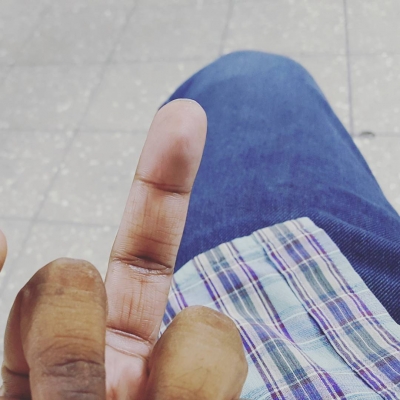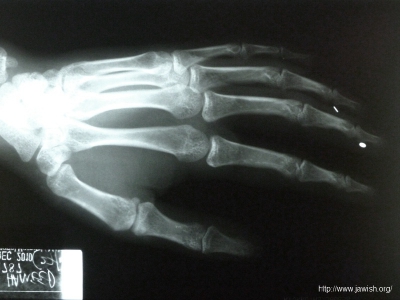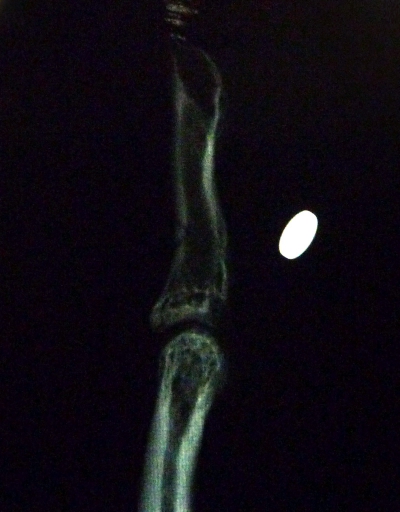Thursday, December 24. 2015
9 years with magnetic implant!
Today marks 9th anniversary of me getting a tiny magnet implanted into my middle finger. I had it implanted as part of a new type of human-machine interface concept and prototype I developed during my Master's Degree at the University of Reading (UK). I originally had a second one in my ring finger too, but had it removed a few years ago due to an impact injury to the implant site swelling up my finger. The current implant is entirely useless for the task I originally had it implanted for, as the magnet has lost its magnetism and is additionally covered by a layer of fibrous tissue due to another impact injury.
I dearly miss the unique sensations and sensory awareness the magnetic implant once gave me.

I dearly miss the unique sensations and sensory awareness the magnetic implant once gave me.







